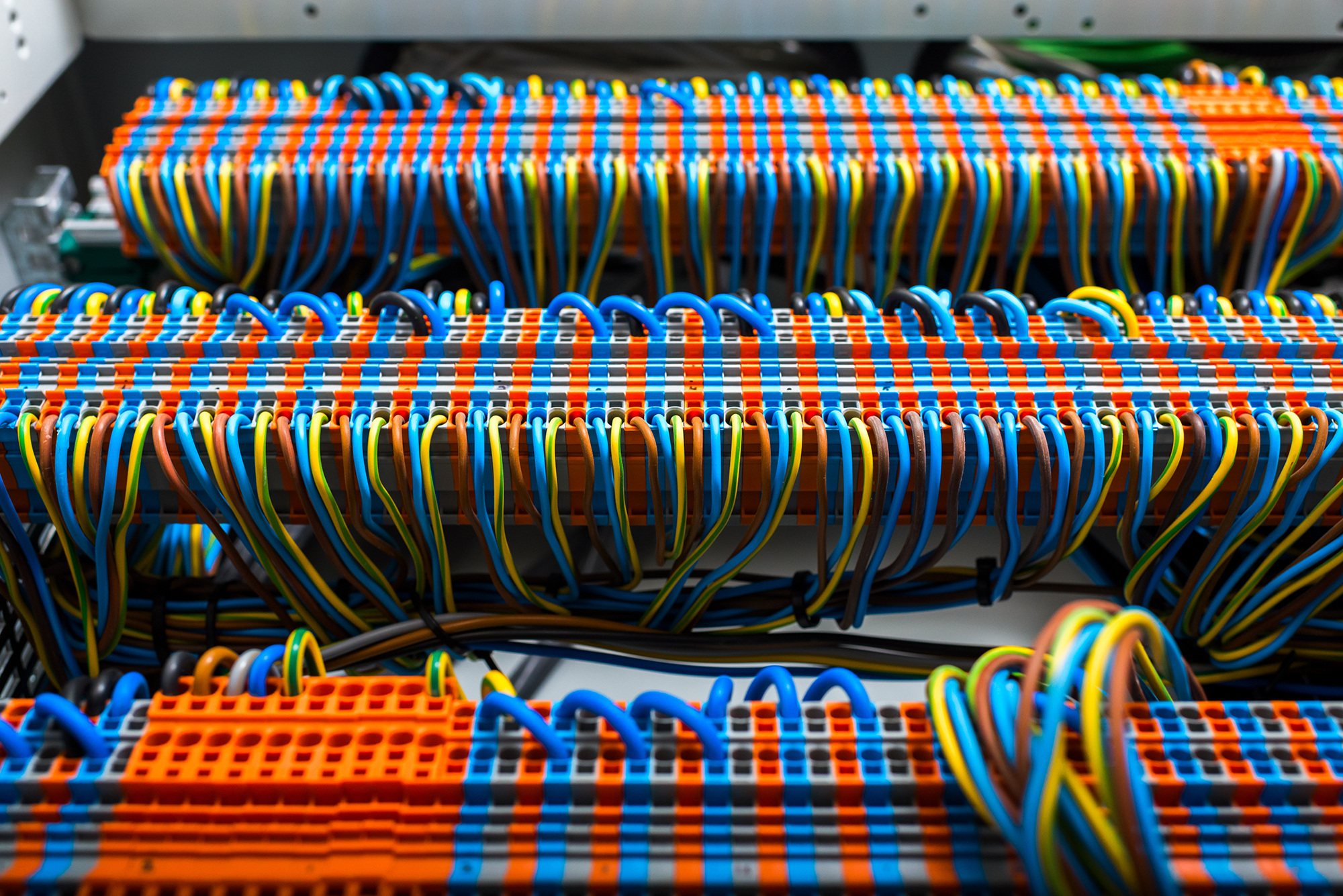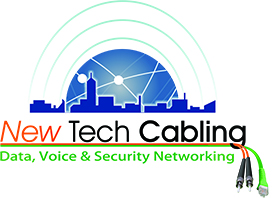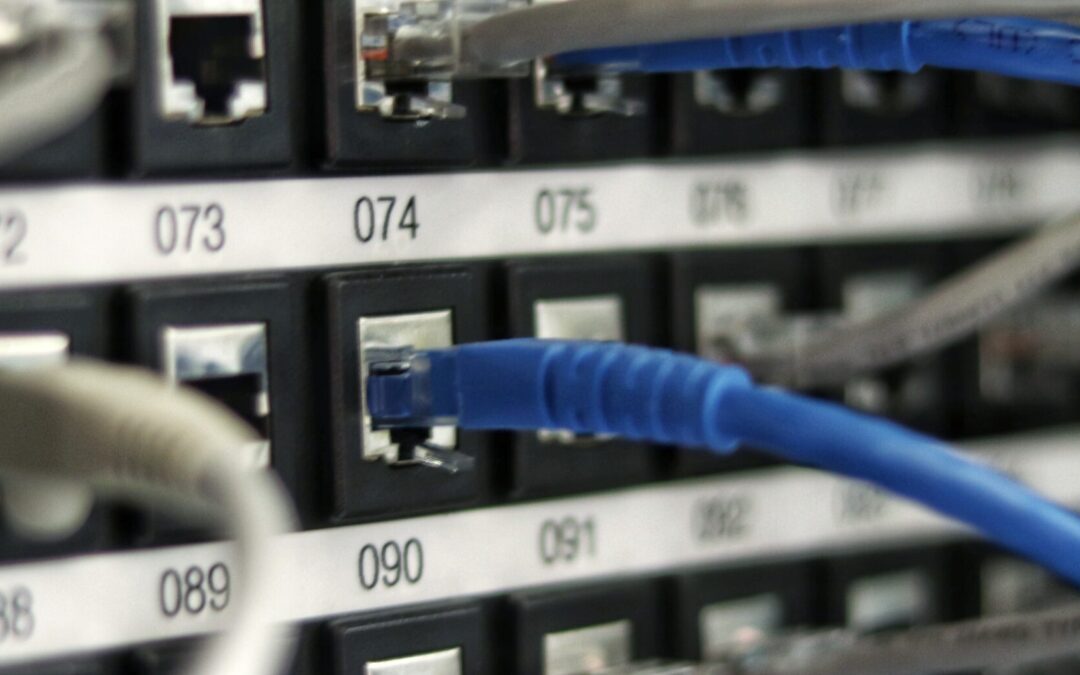An organized and efficient network cable structure is crucial for IT specialists to work effectively. At New Tech Cabling, we collaborate with the IT professionals and network systems integrators to design the physical network system that will best fit the end customers’ needs. We will then use that design to plan and install, as well as manage remotely when needed.
A well-oiled network can ensure that businesses make and implement smart decisions efficiently, so what steps can you take now to ensure that your office’s infrastructure is up to date? Here are four steps you can take now that can put your company on the path towards network efficiency:
1. Audit your network
Before embarking on any major optimization efforts or even upgrading, it’s crucial to first understand exactly where there are issues in your network. Are your computers the real bottleneck, or are your staff in need of training to take full advantage of the facilities you’ve provided? If it is either of those things, then you’ll need to take steps to fix those issues, independent of any network optimizations.
If you find that your network is the problem, you’ll need to identify exactly what parts of it need fixing. You can do this by troubleshooting and testing all the different components in isolation.
2. Re-train your employees on best practices.
It’s one thing to have top-of-the-line equipment, and it’s quite another for your employees to be able to use it to full capacity while avoiding mistakes that could cause issues for them and other workers. Don’t assume that your employees are already tech-savvy. Take the time to produce a checklist and walk them through it regularly.
According to Pritom Das, CEO of TravelerPlus,
One mistake that often happens is when a few employees hog network resources, thus making the connection too slow for others. Sometimes, the employees in question might be doing something completely unrelated to your business. While it may seem that a few people streaming Netflix during lunch shouldn’t be a problem, each additional person can add to the strain significantly. Emailing very large files instead of using cloud drives is another common area where you can make a quick fix.
3. Keep Your Network Cabling Infrastructure Organized
This advice is particularly important after you’ve installed your network cabling infrastructure as cords and cables can become disorganized over time. The more disorganized your cable network is, the longer it takes to make necessary updates, relocations, and other installations.

Consider color coding cable network groups, and you should certainly be labelling each network as accurately as possible. It can become difficult to keep track of cables running through walls and across several rooms if they are not properly marked.
We also recomend using hiding tools and racks to discreetly move cable networks out of the way of your office’s work space, giving your employees more room to operate effectively without the worry of disrupting your cabling network.
4. Use High Quality Equipment
You can’t achieve the most efficient design without the latest and most advanced technology. Ask your IT cabling professional to install copper and fiber panels with high port density. You can assess the efficiency of your design by calculating the number of ports per unit of IT network professional rack space.
Using wall-mounted panels for cable management and termination helps to free up rack space for LAN electronics and fiber panels. Using rack space better means optimizing floor space and allows for better network management.


Recent Comments